Introduction
Peshawar, the gateway to Central Asia, is one of the oldest continuously inhabited cities in the world. With a history spanning over 2,500 years, it has been a center of culture, trade, and conquest. From the mighty Gandhara civilization to the Mughals, Sikhs, British, and modern Pakistan, History of Peshawar has seen it all.
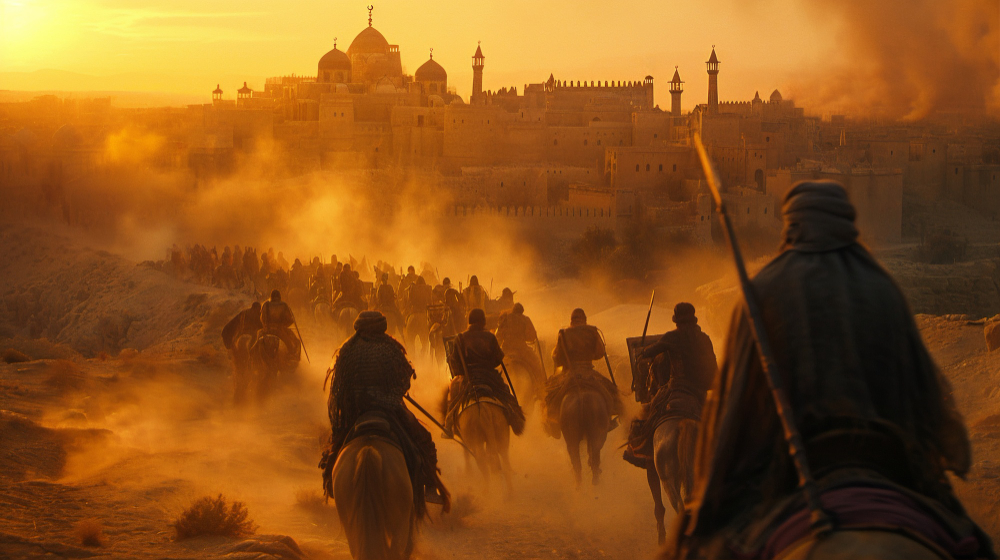
This guide will take you through the complete historical timeline of Peshawar, detailing its role in different eras and civilizations.
Ancient Peshawar (6th Century BCE – 2nd Century CE)
Gandhara Civilization & Buddhist Influence
- Peshawar was part of the Gandhara Civilization, an ancient kingdom known for its Buddhist culture.
- The city was known as Purushapura, meaning “City of Men.”
- The famous Kanishka Stupa, built by the Kushan emperor Kanishka, was one of the tallest buildings of the ancient world.
- Peshawar was a major center of Buddhist learning and art, with scholars traveling from China and India to study here.
Invasions & the Mauryan Empire
- The region came under the control of Chandragupta Maurya (322 BCE – 298 BCE), who expanded Buddhism across South Asia.
- Ashoka the Great (268 BCE – 232 BCE) made Peshawar an important center for spreading Buddhist teachings.
Peshawar Under Greek, Persian, and Kushan Rule (2nd Century CE – 7th Century CE)
Alexander the Great & Greek Influence
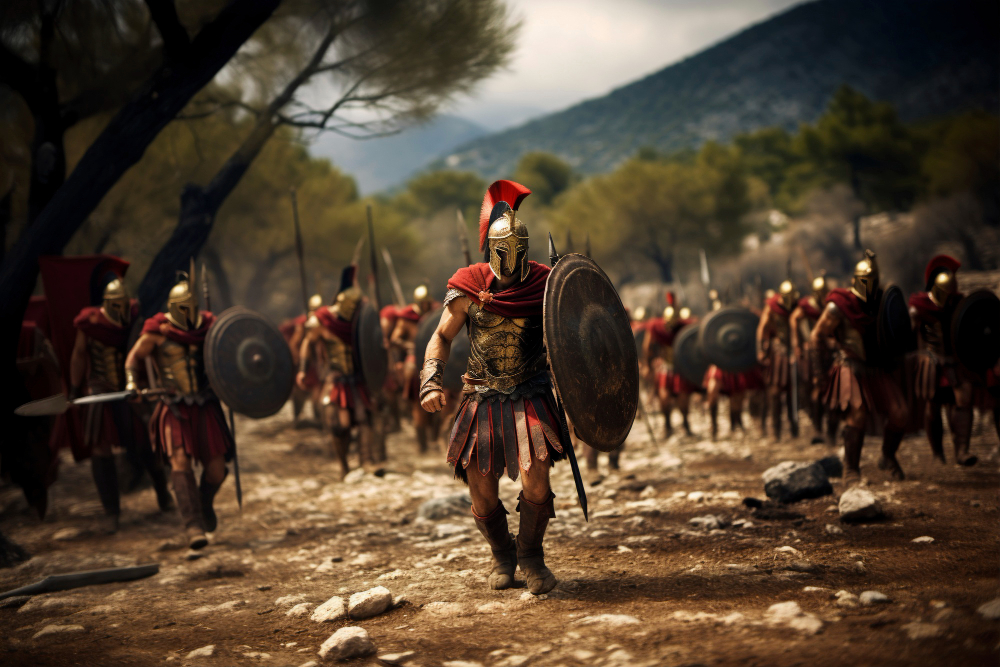
- In 326 BCE, Alexander the Great invaded Peshawar, leaving behind Greek cultural influences.
- The fusion of Greek and Buddhist art gave rise to the Gandhara Art Style, still admired today.
Kushan Dynasty
- The Kushans (1st – 3rd Century CE) made Peshawar their capital.
- Emperor Kanishka promoted Buddhism, and Peshawar flourished as a spiritual hub.
The Arrival of Islam & Ghaznavid Rule (7th – 12th Century) History of Peshawar
Muslim Conquests
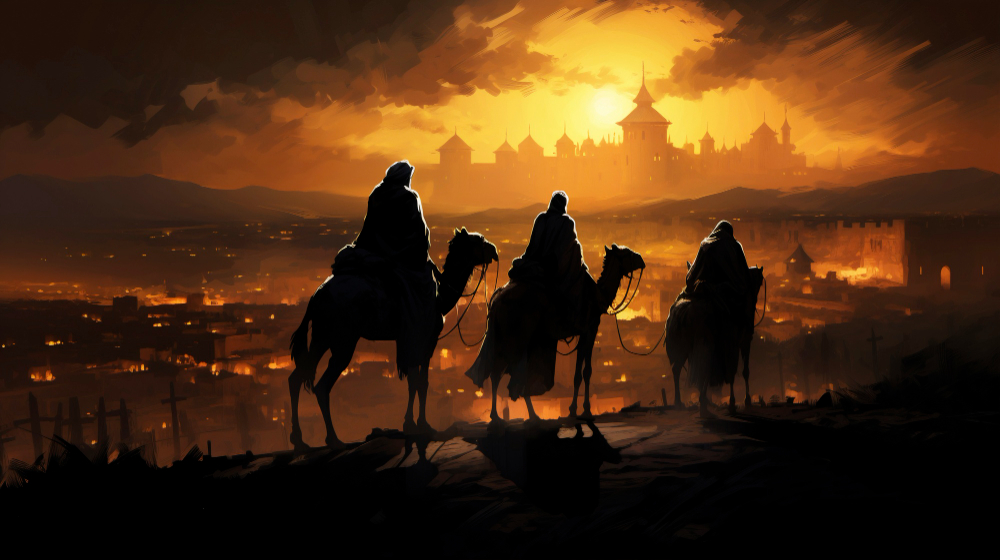
- In 1001 CE, Mahmud of Ghazni defeated the Hindu Shahis in Peshawar, marking the arrival of Islam.
- Mosques and Islamic centers replaced Buddhist temples.
- Peshawar became a key center of trade and military power in the region.
Mughal Era (16th – 18th Century)
Peshawar Under Akbar & Jahangir
- The Mughals took control in the 16th century, and Peshawar became a strategic city on the trade route to Kabul.
- Emperor Akbar (1556-1605) built massive fortifications and promoted Persian culture.
- Emperor Jahangir (1605-1627) visited Peshawar and constructed many gardens and forts.

Cultural & Economic Growth
- The Qissa Khwani Bazaar (“Storytellers’ Market”) became famous for traders and poets.
- Persian architecture flourished, with grand mosques built across the city.
Sikh Rule & British Raj (19th – 20th Century)
Ranjit Singh & Sikh Control
- In 1834, Maharaja Ranjit Singh took over Peshawar and introduced Punjabi culture.
- Many Islamic sites were converted into Sikh gurdwaras.
- The famous Bala Hissar Fort was used as a military base.
British Takeover & Modernization
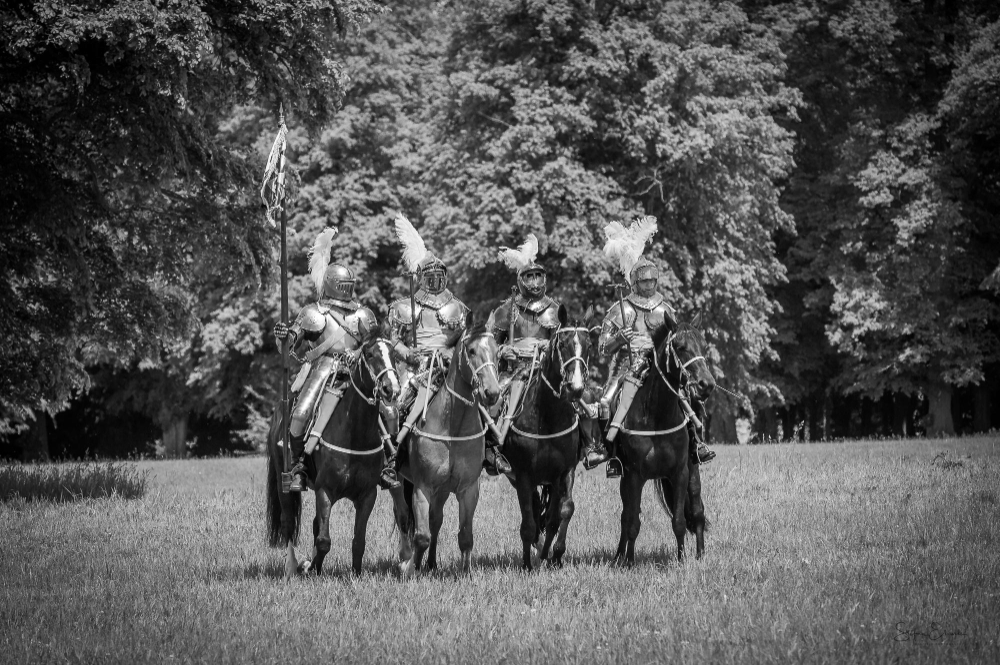
- The British East India Company defeated the Sikhs in 1849, making Peshawar part of British India.
- Peshawar Railway Station was built, improving connectivity.
- Edwardes College (1900) and Islamia College (1913) were established, making Peshawar an educational hub.
Peshawar in the 20th Century & Independence (1947 – Present)
Partition & Pakistan
- In 1947, after the creation of Pakistan, Peshawar became the capital of Khyber Pakhtunkhwa.
- The city played a major role in the Soviet-Afghan War (1979-1989), hosting millions of Afghan refugees.
- Taliban influence grew in the 1990s, affecting the city’s security.
Modern Peshawar
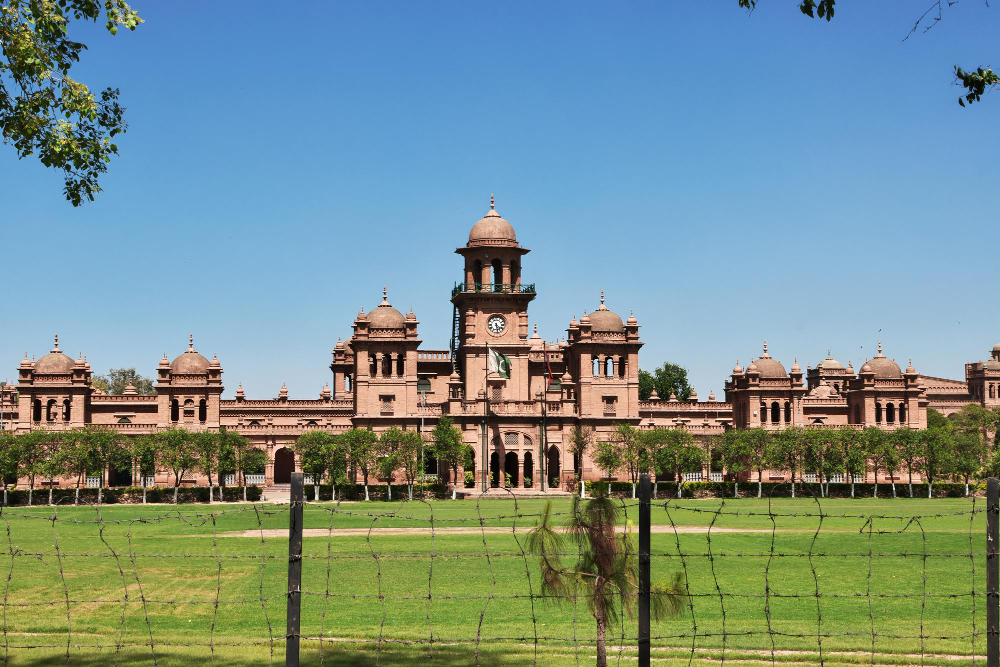
- Today, Peshawar is a mix of history and modernity, with grand shopping malls and tech parks alongside centuries-old bazaars.
- The Peshawar BRT (Bus Rapid Transit) was launched to improve urban transportation.
- Historic sites like the Mahabat Khan Mosque and Sethi House are being preserved for tourism.
History of Peshawar
| Era | Ruler/Civilization | Key Events & Contributions |
|---|---|---|
| 6th Century BCE | Gandhara Civilization | Buddhist center, Kanishka Stupa |
| 326 BCE | Alexander the Great | Greek influence, Gandhara Art |
| 1st – 3rd Century CE | Kushan Empire | Flourished as Buddhist capital |
| 1001 CE | Mahmud of Ghazni | Islam introduced, military expansion |
| 16th – 18th Century | Mughal Empire | Trade, Persian architecture |
| 19th Century | Sikh Empire | Military control, fortifications |
| 1849-1947 | British Raj | Railways, modern education |
| 1947 – Present | Pakistan | Development, Afghan conflict, BRT launch |
Conclusion
Peshawar stands as a living museum, reflecting centuries of cultural transformations. Its historical landmarks, vibrant bazaars, and deep-rooted traditions make it one of the most historically significant cities in South Asia.
Whether you’re a history enthusiast, traveler, or researcher, Peshawar’s past offers an unparalleled journey through time.

